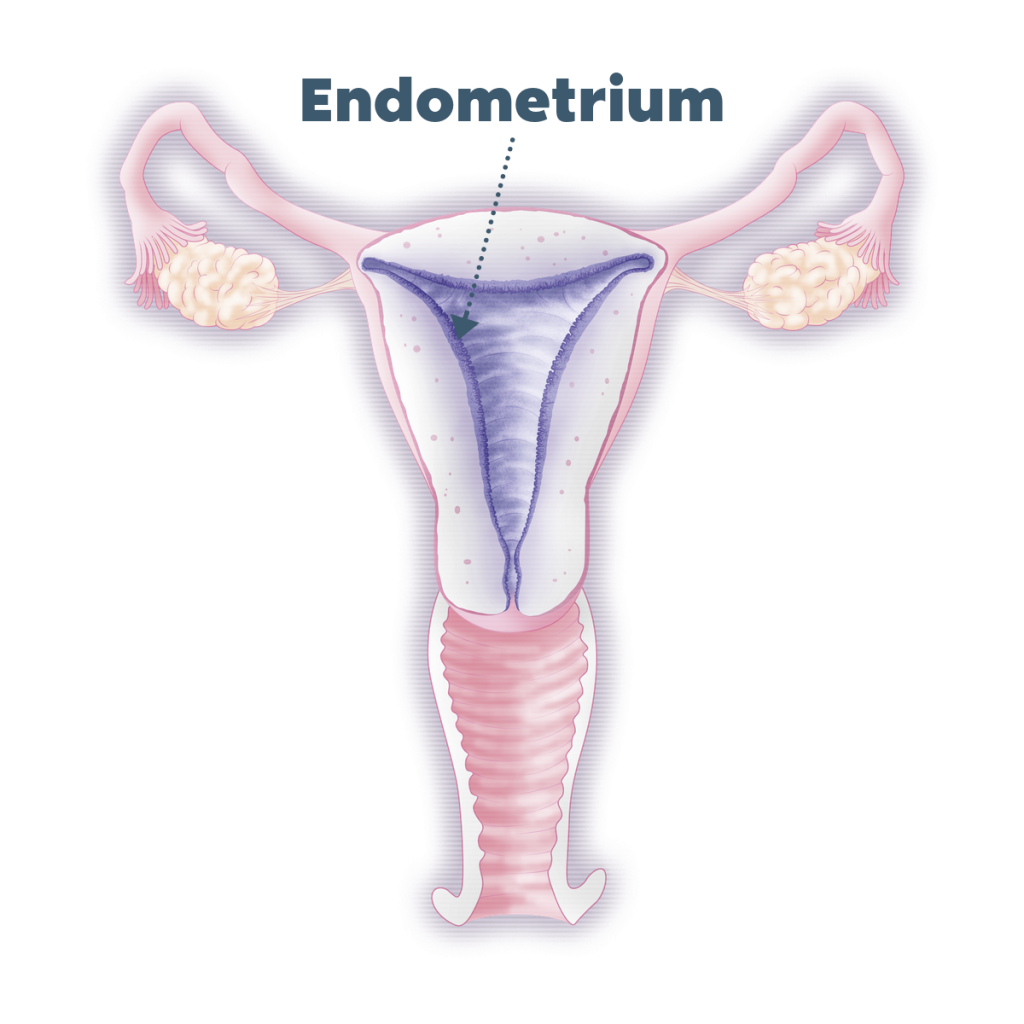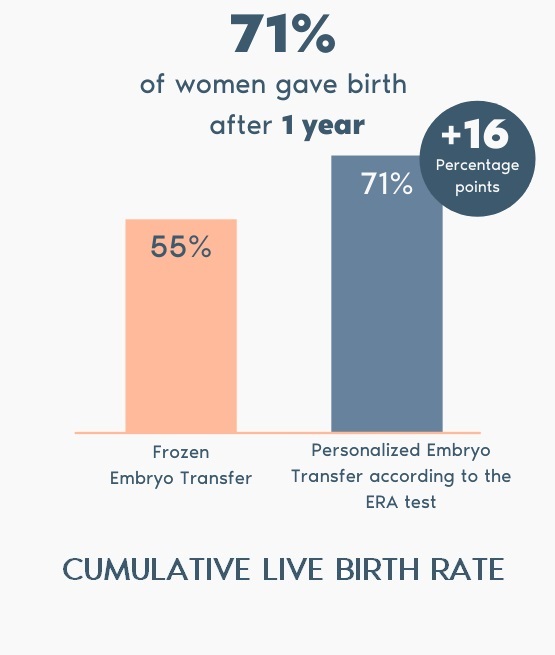For countless couples in India, the dream of parenthood is a profound aspiration. When faced with fertility challenges, finding the right support and advanced medical care is crucial. Smile IVF Clinic in Bangkok, Thailand, stands as a beacon of hope, offering world-class In Vitro Fertilization (IVF) and Intracytoplasmic Sperm Injection (ICSI) treatments. As a leading IVF Clinic in Thailand, we are particularly dedicated to serving Indian patients, providing comprehensive care in a compassionate and culturally sensitive environment.
Why Indian Patients Choose Smile IVF Clinic in Thailand:
- World-Class Expertise & Technology: At Smile IVF Clinic, our team of highly skilled fertility specialists boasts extensive experience in IVF and ICSI procedures. We utilize state-of-the-art technology and modern laboratory facilities, ensuring the highest standards of care and success rates. Our commitment to innovation makes us a top choice among IVF Clinics in Thailand.
- Affordable Excellence: Compared to many Western countries, the cost of advanced fertility treatments like IVF and ICSI in Thailand is significantly more affordable, without compromising on quality. This makes Smile IVF Clinic an attractive option for couples from India seeking high-quality care at a reasonable price.
- Cultural Understanding and Support: We understand the unique needs and sensitivities of our international patients. Our team is trained to provide culturally appropriate care, ensuring that patients from India feel comfortable and respected throughout their journey. While direct Hindi language support might vary, our staff is proficient in English, facilitating clear communication.
- Seamless Travel to Bangkok: Bangkok is a major international hub with excellent connectivity to various cities in India. The ease of travel, combined with Thailand’s renowned hospitality and vibrant culture, makes the journey for fertility treatment less stressful.
Comprehensive IVF & ICSI Services:
At Smile IVF Clinic, we offer a full spectrum of fertility services tailored to individual needs:
- IVF (In Vitro Fertilization): A process where eggs and sperm are combined outside the body in a laboratory to create embryos, which are then transferred to the uterus.
- ICSI (Intracytoplasmic Sperm Injection): An advanced IVF technique where a single sperm is directly injected into an egg, particularly beneficial in cases of male infertility.
Our experts will guide you through every step, recommending the most suitable treatment plan for your specific situation.
Convenient Support for Indian Patients: Initial Consultations in India
Understanding that travel can be a concern for some, Smile IVF Clinic is actively exploring and establishing partnerships to provide initial consultation services in India for those who prefer not to travel far for the very first steps. This means you might be able to have an initial assessment or discussion with our representatives or partners in India before making your travel plans to our main IVF Clinic in Thailand. This initiative aims to make the journey to parenthood even more accessible and convenient for our valued patients from India.
Your Journey to Parenthood Starts Here:
If you are a couple from India seeking effective and compassionate fertility treatment, Smile IVF Clinic in Bangkok, Thailand, is your ideal partner. Our dedication to excellence, patient-centric approach, and understanding of international patient needs make us a preferred choice. Contact us today to learn more about how we can help you achieve your dream of starting a family.
स्माइल आईवीएफ क्लिनिक: बैंकॉक, थाईलैंड में आपका विश्वसनीय आईवीएफ पार्टनर, भारत से आने वाले रोगियों का स्वागत
भारत के अनगिनत जोड़ों के लिए, माता-पिता बनने का सपना एक गहरी आकांक्षा है। जब प्रजनन संबंधी चुनौतियों का सामना करना पड़ता है, तो सही सहायता और उन्नत चिकित्सा देखभाल खोजना महत्वपूर्ण होता है। बैंकॉक, थाईलैंड में स्माइल आईवीएफ क्लिनिक आशा की किरण के रूप में खड़ा है, जो विश्व स्तरीय इन विट्रो फर्टिलाइजेशन (आईवीएफ) और इंट्रासाइटोप्लास्मिक स्पर्म इंजेक्शन (आईसीएसआई) उपचार प्रदान करता है। थाईलैंड में एक प्रमुख आईवीएफ क्लिनिक के रूप में, हम विशेष रूप से भारतीय रोगियों की सेवा के लिए समर्पित हैं, जो एक दयालु और सांस्कृतिक रूप से संवेदनशील वातावरण में व्यापक देखभाल प्रदान करते हैं।
भारतीय रोगी थाईलैंड में स्माइल आईवीएफ क्लिनिक को क्यों चुनते हैं:
- विश्व स्तरीय विशेषज्ञता और प्रौद्योगिकी: स्माइल आईवीएफ क्लिनिक में, हमारे अत्यधिक कुशल प्रजनन विशेषज्ञों की टीम को आईवीएफ और आईसीएसआई प्रक्रियाओं में व्यापक अनुभव है। हम अत्याधुनिक प्रौद्योगिकी और आधुनिक प्रयोगशाला सुविधाओं का उपयोग करते हैं, जिससे देखभाल और सफलता दर के उच्चतम मानकों को सुनिश्चित किया जा सके। नवाचार के प्रति हमारी प्रतिबद्धता हमें थाईलैंड में आईवीएफ क्लीनिकों में से एक शीर्ष विकल्प बनाती है।
- किफायती उत्कृष्टता: कई पश्चिमी देशों की तुलना में, थाईलैंड में आईवीएफ और आईसीएसआई जैसे उन्नत प्रजनन उपचारों की लागत गुणवत्ता से समझौता किए बिना काफी अधिक किफायती है। यह स्माइल आईवीएफ क्लिनिक को भारत से आने वाले जोड़ों के लिए एक आकर्षक विकल्प बनाता है जो उचित मूल्य पर उच्च गुणवत्ता वाली देखभाल चाहते हैं।
- सांस्कृतिक समझ और समर्थन: हम अपने अंतरराष्ट्रीय रोगियों की अनूठी जरूरतों और संवेदनशीलता को समझते हैं। हमारी टीम को सांस्कृतिक रूप से उचित देखभाल प्रदान करने के लिए प्रशिक्षित किया जाता है, यह सुनिश्चित करते हुए कि भारत के रोगी अपनी पूरी यात्रा के दौरान सहज और सम्मानित महसूस करें। जबकि सीधे हिंदी भाषा का समर्थन भिन्न हो सकता है, हमारा कर्मचारी अंग्रेजी में कुशल है, जिससे स्पष्ट संचार में सुविधा होती है।
- बैंकॉक की निर्बाध यात्रा: बैंकॉक भारत के विभिन्न शहरों के साथ उत्कृष्ट कनेक्टिविटी वाला एक प्रमुख अंतरराष्ट्रीय केंद्र है। यात्रा की आसानी, थाईलैंड की प्रसिद्ध मेहमाननवाजी और जीवंत संस्कृति के साथ मिलकर, प्रजनन उपचार के लिए यात्रा को कम तनावपूर्ण बनाती है।
व्यापक आईवीएफ और आईसीएसआई सेवाएं:
स्माइल आईवीएफ क्लिनिक में, हम व्यक्तिगत जरूरतों के अनुरूप प्रजनन सेवाओं का एक पूरा स्पेक्ट्रम प्रदान करते हैं:
- आईवीएफ (इन विट्रो फर्टिलाइजेशन): एक ऐसी प्रक्रिया जहां अंडे और शुक्राणु को शरीर के बाहर एक प्रयोगशाला में मिलाकर भ्रूण बनाए जाते हैं, जिन्हें बाद में गर्भाशय में स्थानांतरित किया जाता है।
- आईसीएसआई (इंट्रासाइटोप्लास्मिक स्पर्म इंजेक्शन): एक उन्नत आईवीएफ तकनीक जहां एक शुक्राणु को सीधे अंडे में इंजेक्ट किया जाता है, विशेष रूप से पुरुष बांझपन के मामलों में फायदेमंद होता है।
हमारे विशेषज्ञ आपकी विशिष्ट स्थिति के लिए सबसे उपयुक्त उपचार योजना की सिफारिश करते हुए, हर कदम पर आपका मार्गदर्शन करेंगे।
भारतीय रोगियों के लिए सुविधाजनक समर्थन: भारत में प्रारंभिक परामर्श
यह समझते हुए कि कुछ लोगों के लिए यात्रा एक चिंता का विषय हो सकती है, स्माइल आईवीएफ क्लिनिक सक्रिय रूप से भारत में प्रारंभिक परामर्श सेवाएं प्रदान करने के लिए साझेदारी तलाश रहा है और स्थापित कर रहा है, उन लोगों के लिए जो प्रारंभिक चरणों के लिए बहुत दूर यात्रा नहीं करना चाहते हैं। इसका मतलब है कि आप हमारे मुख्य थाईलैंड में आईवीएफ क्लिनिक की यात्रा की योजना बनाने से पहले भारत में हमारे प्रतिनिधियों या भागीदारों के साथ प्रारंभिक मूल्यांकन या चर्चा कर सकते हैं। इस पहल का उद्देश्य भारत से हमारे मूल्यवान रोगियों के लिए माता-पिता बनने की यात्रा को और अधिक सुलभ और सुविधाजनक बनाना है।
माता-पिता बनने की आपकी यात्रा यहीं से शुरू होती है:
यदि आप भारत से एक प्रभावी और दयालु प्रजनन उपचार की तलाश में एक युगल हैं, तो बैंकॉक, थाईलैंड में स्माइल आईवीएफ क्लिनिक आपका आदर्श साथी है। उत्कृष्टता के प्रति हमारा समर्पण, रोगी-केंद्रित दृष्टिकोण और अंतरराष्ट्रीय रोगी आवश्यकताओं की समझ हमें एक पसंदीदा विकल्प बनाती है। आप एक परिवार शुरू करने के अपने सपने को कैसे साकार कर सकते हैं, इस बारे में अधिक जानने के लिए आज ही हमसे संपर्क करें।




















